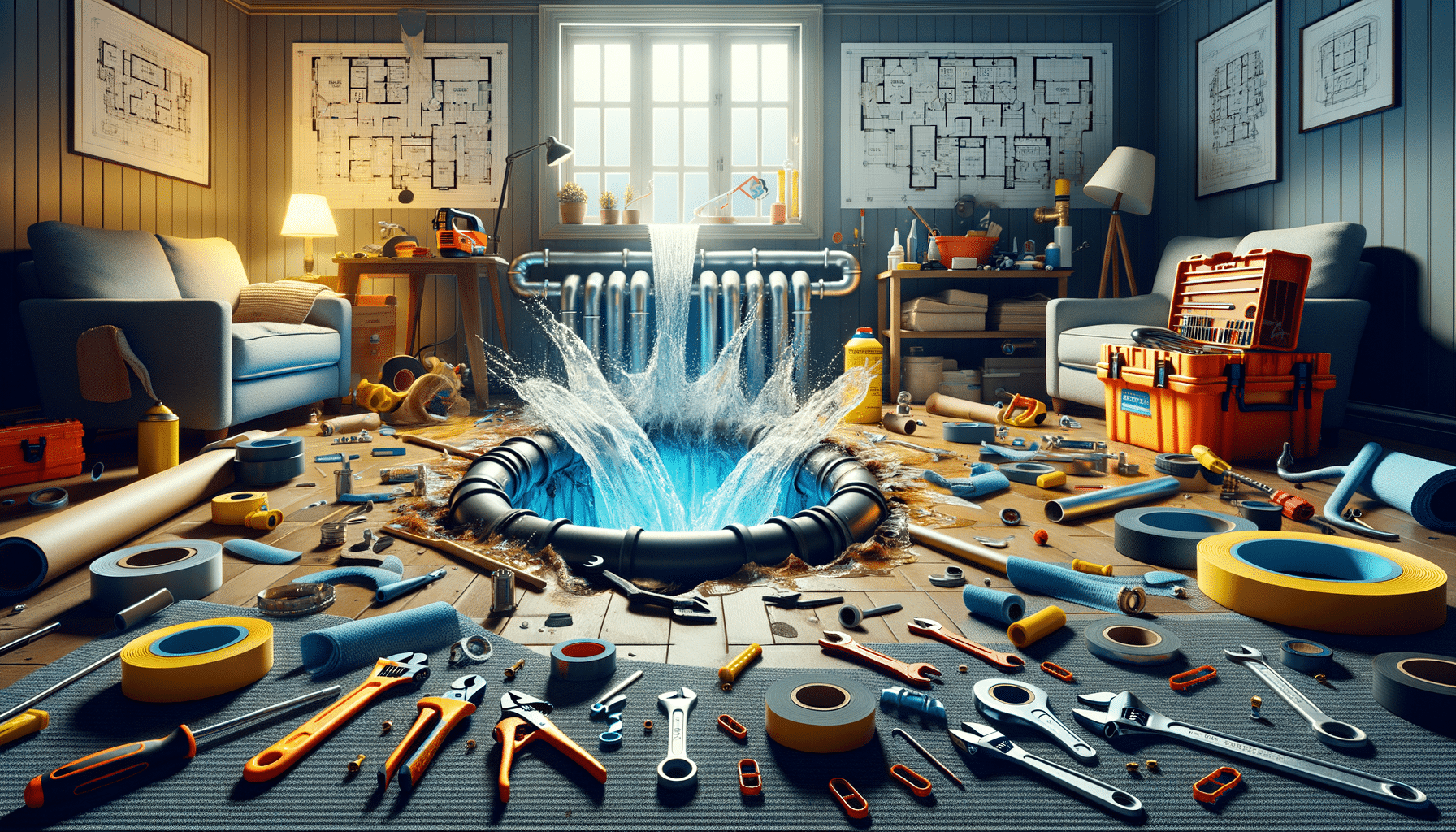
Understanding Emergency Leak Repairs: Essential Steps to Take
Introduction to Emergency Leak Repair
In recent years, the unpredictability of weather patterns has highlighted the importance of being prepared for home emergencies, particularly leaks. A leak can occur at any time, often without warning, and can cause significant damage if not addressed promptly. Understanding the common causes of leaks and knowing how to implement emergency repair strategies can save homeowners time, money, and stress. This article delves into the various aspects of emergency leak repair, providing valuable insights and practical advice for safeguarding your home.
Common Causes of Leaks
Leaks can originate from a variety of sources within a home. Understanding these causes is the first step in effective leak management. Common causes include:
- Plumbing Failures: Aging pipes, faulty fixtures, or improper installations can lead to leaks. Corrosion and wear over time can exacerbate these issues.
- Roof Damage: Weather conditions such as heavy rain, snow, or wind can damage roofing materials, leading to leaks. Regular inspections can help identify vulnerabilities before they become problematic.
- Foundation Cracks: Shifts in the ground or poor construction can result in foundation cracks, allowing water to seep into basements or crawl spaces.
- Appliance Malfunctions: Water heaters, washing machines, and dishwashers can develop leaks due to worn-out hoses or seals.
Identifying the source of a leak quickly is crucial for minimizing damage and implementing effective repairs.
Immediate Steps for Leak Management
When a leak is detected, taking swift action can prevent extensive damage. Here are essential steps to manage a leak immediately:
- Shut Off Water Supply: Locate and turn off the main water valve to stop the flow of water and reduce further damage.
- Contain the Leak: Use towels, buckets, or any available materials to contain and absorb the leaking water.
- Identify the Source: Conduct a quick inspection to determine the source of the leak, which will guide your repair efforts.
- Contact a Professional: For significant leaks or if you’re unable to identify the source, contact a professional plumber or repair service for assistance.
These steps can help mitigate damage while you arrange for more permanent repairs.
DIY Repair Techniques
For minor leaks, homeowners may be able to perform temporary repairs until professional help is available. Some DIY techniques include:
- Pipe Clamps: These can be used to seal small leaks in pipes temporarily. They are easy to install and provide a quick fix.
- Epoxy Putty: This can be molded around a leaking area on a pipe to stop the flow of water. It hardens quickly and is effective for short-term repairs.
- Rubber Patches: These can be applied to small holes or cracks in plumbing fixtures or roofing materials to prevent water ingress.
While these solutions are temporary, they can be invaluable in preventing water damage until professional repairs can be made.
Preventative Measures and Long-Term Solutions
Preventing leaks from occurring in the first place is the most effective strategy for protecting your home. Consider these preventative measures:
- Regular Inspections: Schedule regular inspections of your home’s plumbing, roof, and foundation to catch potential issues early.
- Upgrade Materials: Consider replacing aging pipes, roofing materials, or appliances with modern, more durable options.
- Maintain Gutters and Drains: Ensure gutters and drains are clear of debris to prevent water buildup and potential leaks.
- Install Water Detection Devices: These devices can alert you to leaks in their early stages, allowing for prompt action.
Implementing these measures can help reduce the risk of leaks and extend the life of your home’s infrastructure.
Conclusion: Protecting Your Home from Leaks
Emergency leak repairs are a crucial aspect of home maintenance, especially in an era of unpredictable weather. By understanding the common causes of leaks and knowing how to respond effectively, homeowners can protect their properties from significant damage. Whether through immediate action, DIY repairs, or preventative measures, being prepared is key. Regular maintenance and vigilance can help ensure that your home remains a safe and dry environment for you and your family.